In any business activity related to the production of products, one has to deal with such a concept as depreciation. This concept applies to fixed assets that are directly involved in the manufacture of goods. Depreciation can be physical and moral and actually reflects the operating time of the device or machine. Next, we consider what a depreciation rate is and how it is used in accounting.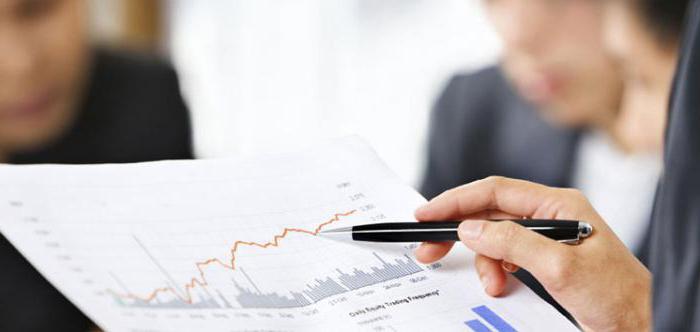
Physical deterioration
Let's start with the theoretical foundations. Before you figure out where to use the wear factor, you should determine what wear itself is. In economic theory, its subtypes are distinguished: physical and moral.
Physical deterioration is the failure of the main production facilities as a result of their aging and constant use. An example can be given on the building. As long as it is young, only built, its roof does not leak and pipes do not burst. But over time, due to the effects of weather, constant use, temperature changes inside and outside, and hundreds of other reasons, the building has to be constantly repaired. It takes a lot of money, and they need to be returned, given the cost of production. This happens with any technical tool, sooner or later it has to be changed.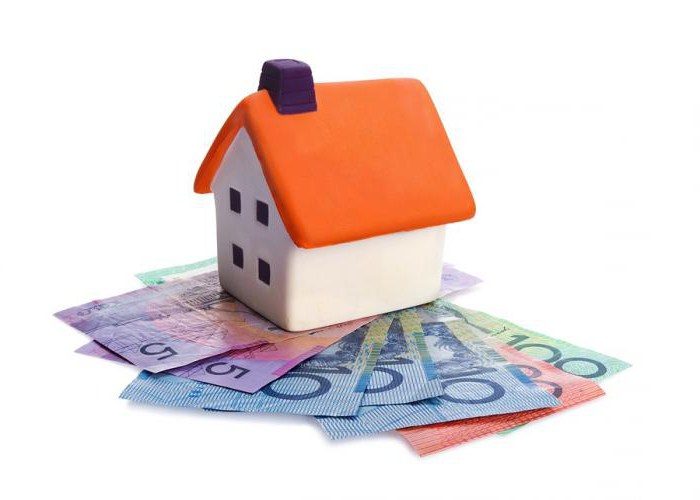
Factors Affecting Physical Wear
The calculation of the wear coefficient is carried out, taking into account factors of influence on physical wear. Of course, for each enterprise they can be completely different, but all together they can be grouped into the following categories:
- The initial quality of fixed assets. The company and the manufacturer, the initial price, the strength of the materials used - all this takes into account the wear factor.
- Level of operation. This includes the number of working days, the duration of the shift, the productivity of one unit.
- Features of the manufacturing process. There are such machines that work around the clock, and there are idle in line for their technological stage.
- The level of aggressiveness of the environment in which the fixed assets are located. This applies to both external and internal conditions. And if it is impossible to influence natural phenomena, then it is simply necessary to observe elementary operating rules.
- Quality care and regular repairs. Sometimes it is much easier to prevent damage by a routine inspection or a small restoration than a production will be idle as a result of a serious problem.
- Qualification of staff.
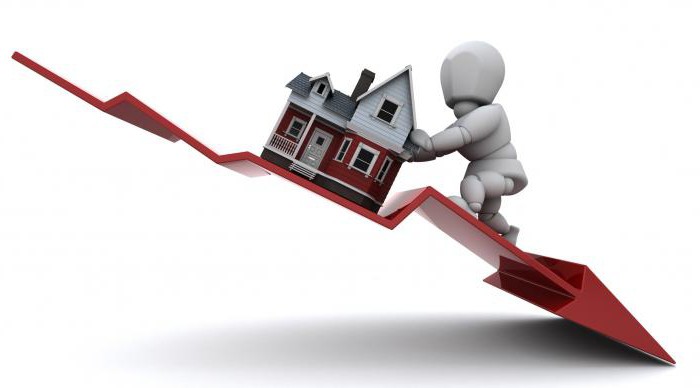
Calculation of the coefficient based on depreciation
There are several formulas with which you can calculate the percentage of wear costs. The simplest method for determining the depreciation rate is considered to be a method based on depreciation costs. The formula is very simple:
K = Depreciation / Cost of fixed assets
All data is taken from the balance sheet, but for this you need to understand what depreciation is. We give a simple example. The company bought expensive equipment, the initial cost of which is estimated at 300,000 rubles. This amount is supposed to be returned from the calculation of the service life of this equipment. In this case, the accountant scatters the entire amount for a certain number of years. This is depreciation. The amount of costs is necessarily included in the cost of production.
Calculation based on actual usage period
As we have already found out, any equipment has its own useful life. This helps to calculate the wear factor. The formula is as follows:
K = Tfact/ Tpi
where Tfact Is the time of real use of the equipment, for example, 5 years, and Tpi - This is the service life specified in the standards (equal to 10 years). Thus, the wear coefficient according to the given data will be equal to 0.5.
But often there are situations when the equipment continues to serve even after the expiration of the period of normative use. If its condition is satisfactory and the machine has not lost its useful properties, then the operating time can be extended using forecast indicators. In this case, the formula for calculating the wear coefficient will change:
K = Tfact/ (Tfact+ Tat),
where Tat - The estimated remaining life.
Of course, the use of the latter method is based only on assumptions, which are often subjective. An entrepreneur will always try to save money by extending the life of his machines, but in some cases this only worsens the quality of the products and often increases its cost.
Expiration rate
Very often confused are the concepts of wear rate and shelf life. Despite the fact that they are close in meaning, nevertheless their economic significance has a big difference. Shelf life is used to determine the physical condition of equipment for a certain period of time. In other words, it determines by its value whether it is still possible to work on this machine or not. The formula is as follows:
TOg= Cost/WITHper*100%,
where cost - residual value;
WITHper - cost at purchase.
Residual value is defined as the difference between the initial price and all depreciation costs over the years of service. If the machine has served seven years out of ten, and the amount of annual costs is 10,000 rubles with an initial cost of 100,000 rubles, then the residual will be = 100,000 - 7 * 10,000 = 30,000 rubles.
Obsolescence
But things are worse with obsolescence. If the depreciation rate of fixed assets is easily calculated, then it is very difficult to predict when a technical tool is morally obsolete. Moral wear is characterized by the fact that it occurs, as a rule, much earlier than physical, and the use of a particular unit becomes economically disadvantageous.
A very good example of obsolescence is with mobile phones. New items are released almost every month, and each next model surpasses the previous one, which is why the older phone is morally obsolete. 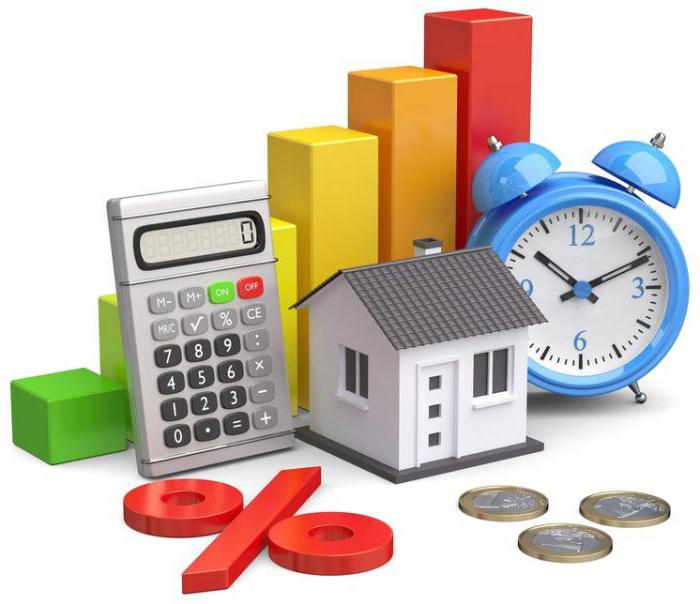
Types of obsolescence
There are two types of wear at this level. The first is related to the initial cost of the equipment. Suppose a company bought a new machine for $ 100,000, but a month later, due to cheaper materials, its price dropped to 80,000. But the company needs to get its money back, and this will be reflected in the final cost of production, while competitors will buy the machine cheaper and lower the price of a competitive product. With this form of obsolescence, the equipment itself does not lose any of its useful properties.
The second type is related to the improvement of equipment. New models are released that have superior performance, can last longer or have better operating conditions. Sooner or later, old models will become economically disadvantageous, because competitors, using more advanced machines, will produce products with new technical requirements that satisfy the consumer.
Therefore, fixed assets require constant updating in order to calculate how much to allocate for this, the depreciation rate of fixed assets is used.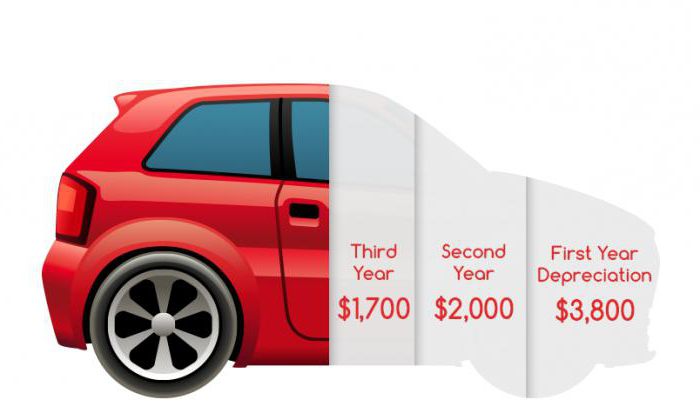
The formula for calculating obsolescence of the first type
We determined that obsolescence of the first type does not affect productivity, but only leads to cheaper products within the industry. The degree of overpayment or economic inefficiency of using fixed assets can be determined by the following formula:
TOm1= (1-Cat/WITHP),
where cat - replacement cost;
WITHP - initial cost.
If the value is below unity, this means that depreciation will not lead to losses, but will reflect the effect of cash accumulation.
The formula for calculating the obsolescence of the second type
The moral depreciation of the second type is more dangerous. It really shows how the company is ahead or behind in productivity. It depends on its value whether it is necessary to invest money in new equipment, or it will serve in this form for several more years, and then it will be more rational to change it to an even newer model. To determine the degree of obsolescence, you should use the following data:
TOm2= (1-Vat/ATn) * 100%,
where inat - This is the performance of an outdated model;
ATn - performance of new equipment.
The lower the indicator, the longer you can continue to work with old equipment.
Wear ratio
Any enterprise should closely monitor changes in the state of fixed assets. Not only productivity, but also the success of the company as a whole depends on this. Prevention of moral and physical depreciation will save from unnecessary costs and increase the competitiveness of the company, which will lead to positive economic consequences.
